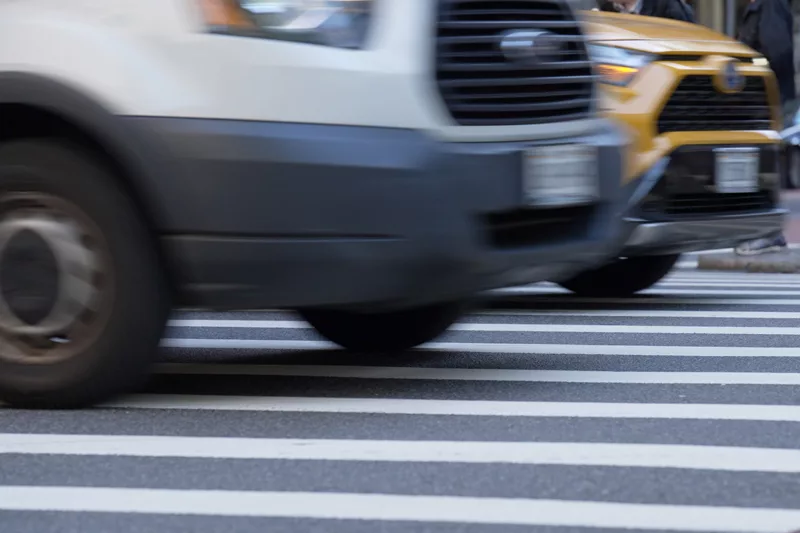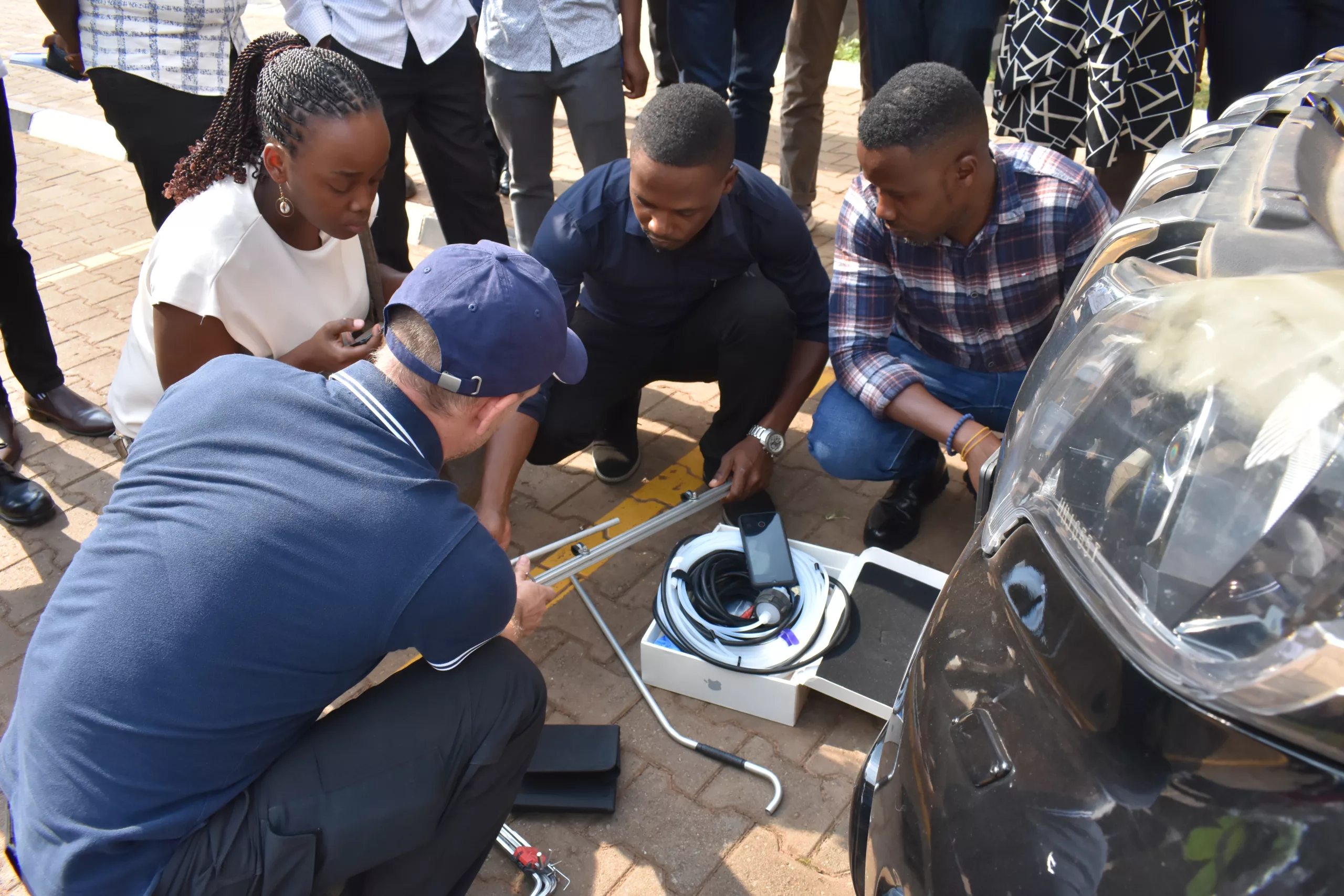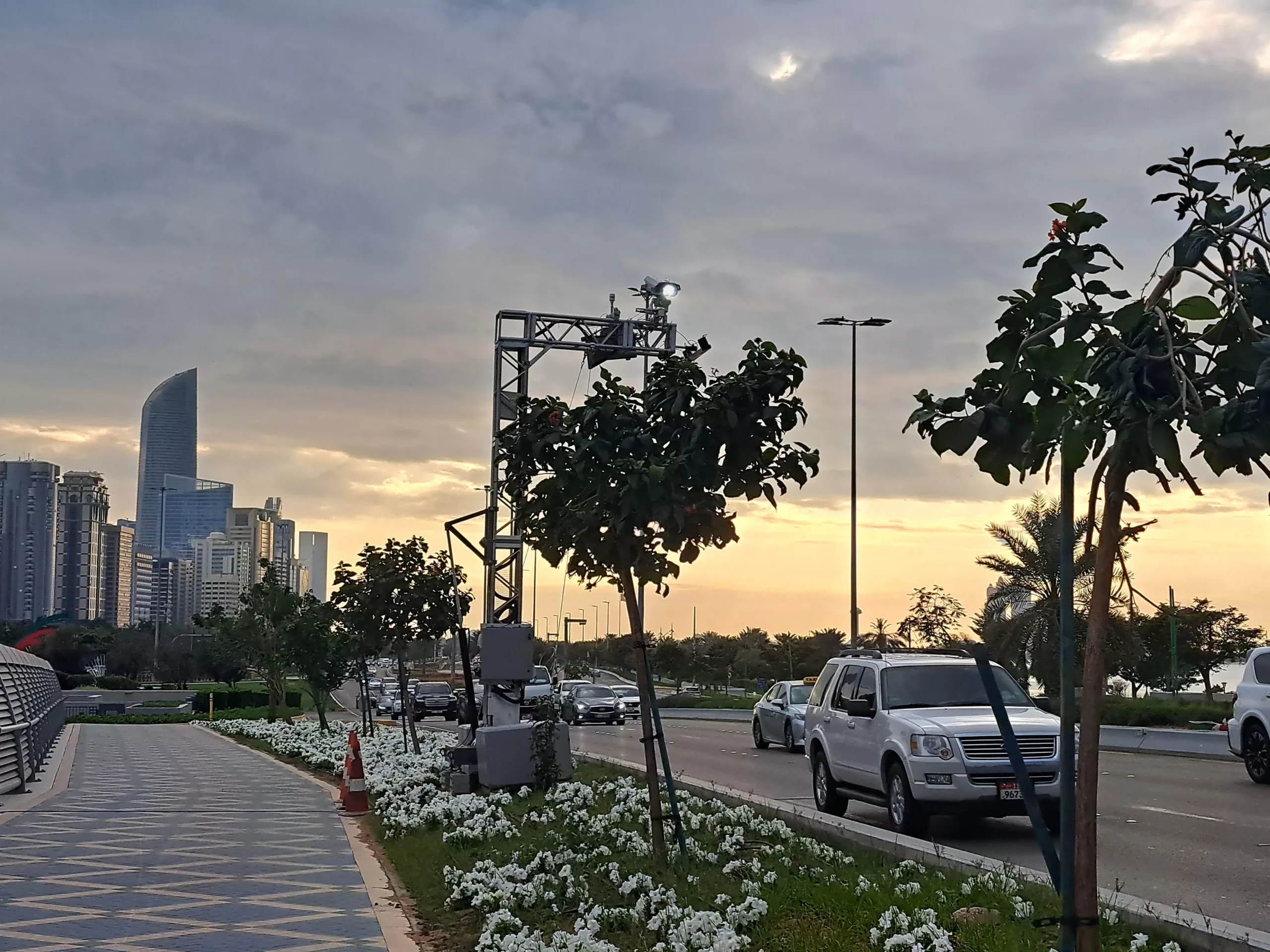TRUE works globally
As cities around the world confront air pollution and climate change, collecting real-world vehicle emissions data has become a global imperative. From Kampala to Jakarta, London to Mexico City, the TRUE Initiative and its partners are uncovering the actual pollutants emitted by vehicles on the road—data often underestimated by lab-based testing. These insights are essential to shape evidence-based transport policies, drive regulatory improvements, and accelerate the transition to cleaner, more equitable mobility worldwide.
Explore our regional work
Africa
Motorization has increased across the African continent where the widespread importation of used vehicles has led to significant air quality concerns. Understanding the true environmental impact of vehicle emissions has become ever more critical. The TRUE Initiative conducted the first-ever remote sensing campaign in Uganda, marking a pivotal step in understanding the continent’s unique vehicular emission profiles.
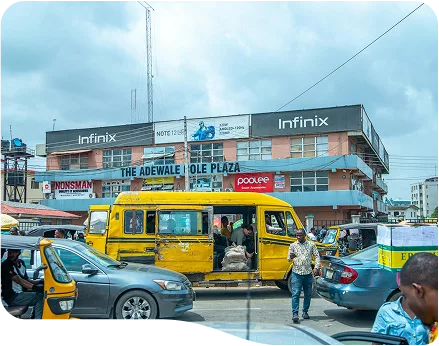
Recent research from Kampala
In Uganda’s capital city, where the population nearly doubles during the day as commuters travel in for business and trade, air pollution levels far exceed healthy limits by at least eight times. TRUE conducted the first-ever remote sensing campaign on the African continent offered real-world insight into the levels of pollution from vehicles operating in Kampala.
Policy Recommendations
- Strengthen vehicle import requirements to require all vehicles, new or used, to meet Euro 6 standards by 2030
- Implement routine vehicle inspection programs and improve vehicle maintenance requirements
- Prioritize public transportation, implement annual inspections, and establish an age limit for imported minibuses
Project details
Testing schedule
July 2024
Fleet Sample
6,000 vehicles via plume chasing
Pollutants analyzed
NOx / NO2 / black carbon
Explore regional projects
Explore regional projects
Region insights
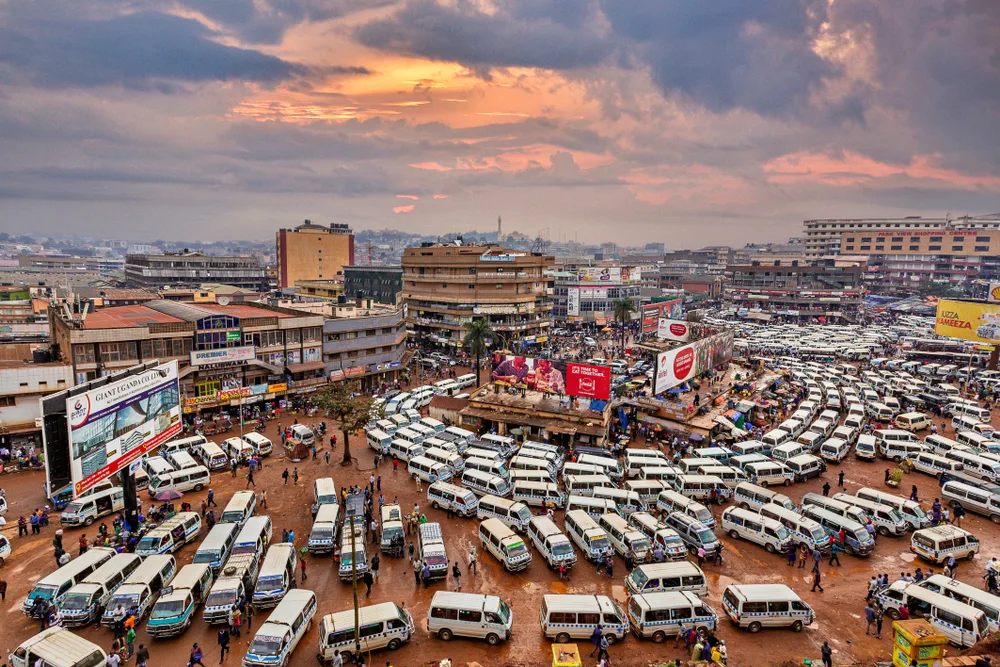
Vehicle inspections restart in Uganda following TRUE recommendations
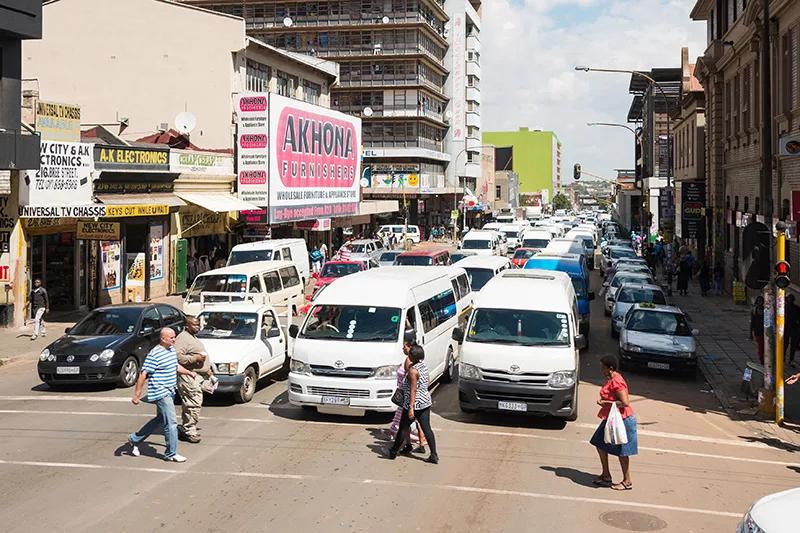
First-ever roadside remote sensing study launches in Johannesburg, South Africa
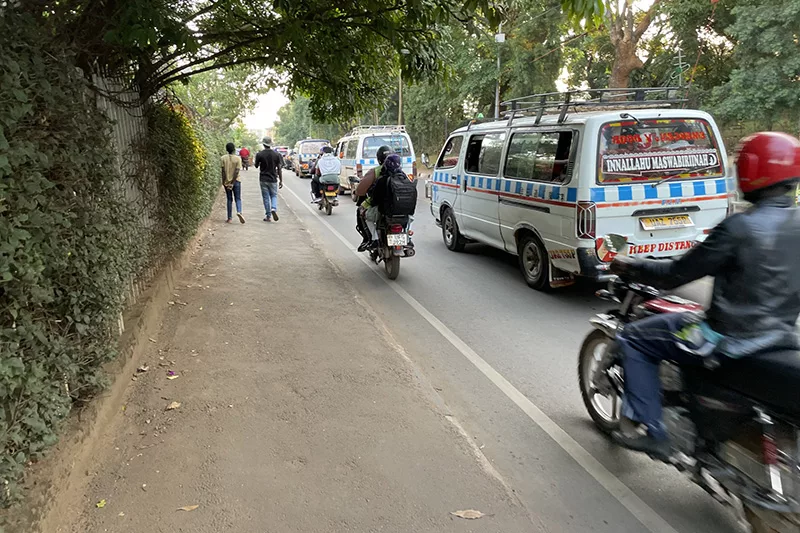
First-ever real-world emissions study in Kampala reveals alarming vehicle pollution levels
Asia
Asia’s dense city centers face increasing air pollution challenges, exacerbated by diverse vehicle fleets and varying fuel standards. In cities like Jakarta, Indonesia, the TRUE’ Initiative’s real-world emissions data collection has provided critical insights into the actual pollutants emitted by vehicles on the road. Such data is indispensable for crafting targeted interventions to improve air quality and public health.
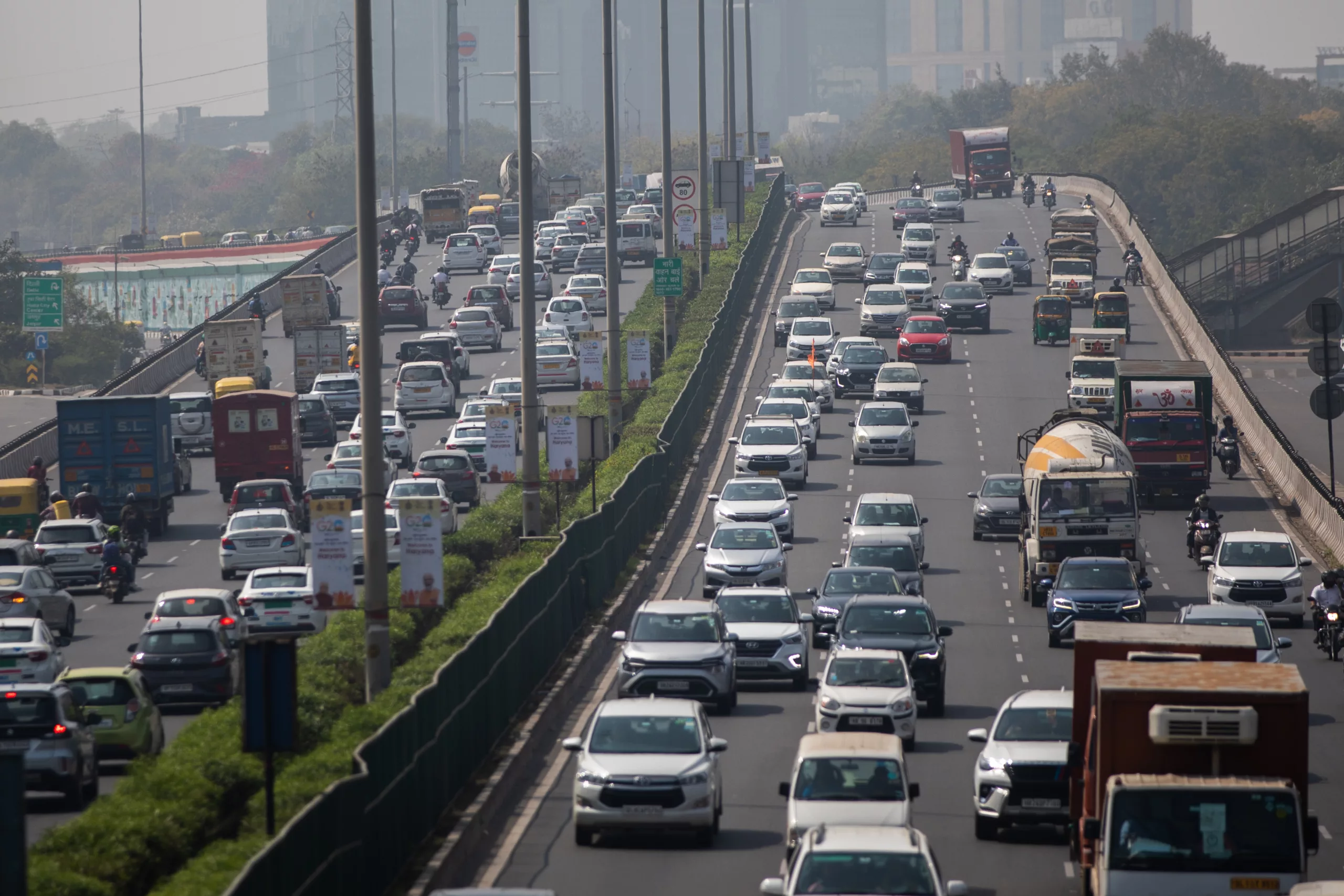
Recent research from Delhi
The Indian cities of Delhi and Gurugram have faced severe air quality issues for decades, with the road transport sector being a major contributor to this pollution. The TRUE Initiative conducted a remote sensing campaign to develop a new understanding of the real-world tailpipe emissions of the cities’ vehicle fleets and to support evidence-based policymaking to mitigate vehicle pollution.
Policy Recommendations
- A swift adoption of new BS VI phases with regulatory provisions aligned with the latest Euro 6/VI-e/E standard
- Agencies could implement policies such as a ZEV sales mandate and a phaseout program
- Restricting the retrofitting of vehicles to CNG could instead encourage the retrofitting to electric vehicles within the region
Project details
Testing schedule
February – April 2022
Fleet Sample
45,000 measurements
PVs, taxis, light-duty trucks
Pollutants analyzed
CO / HC / NOx / UV smoke
Explore regional projects
Explore regional projects
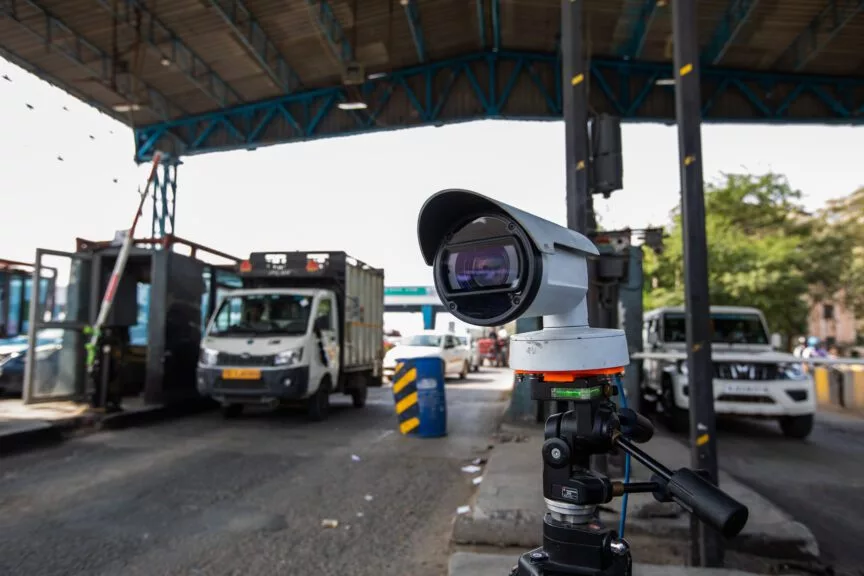
Real-world motor vehicle exhaust emissions in Delhi and Gurugram using remote sensing
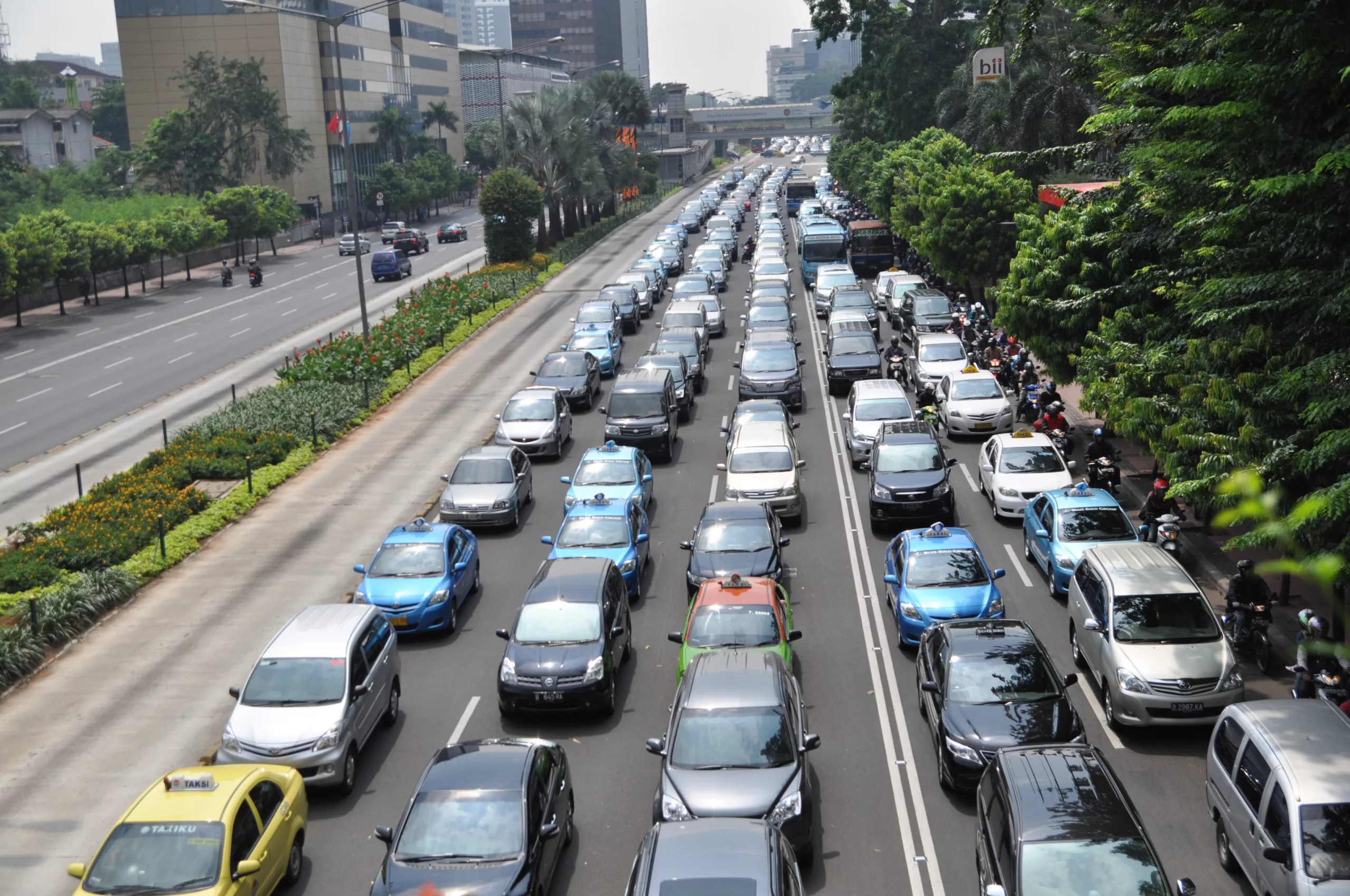
Measurement of real-world motor vehicle emissions in Jakarta
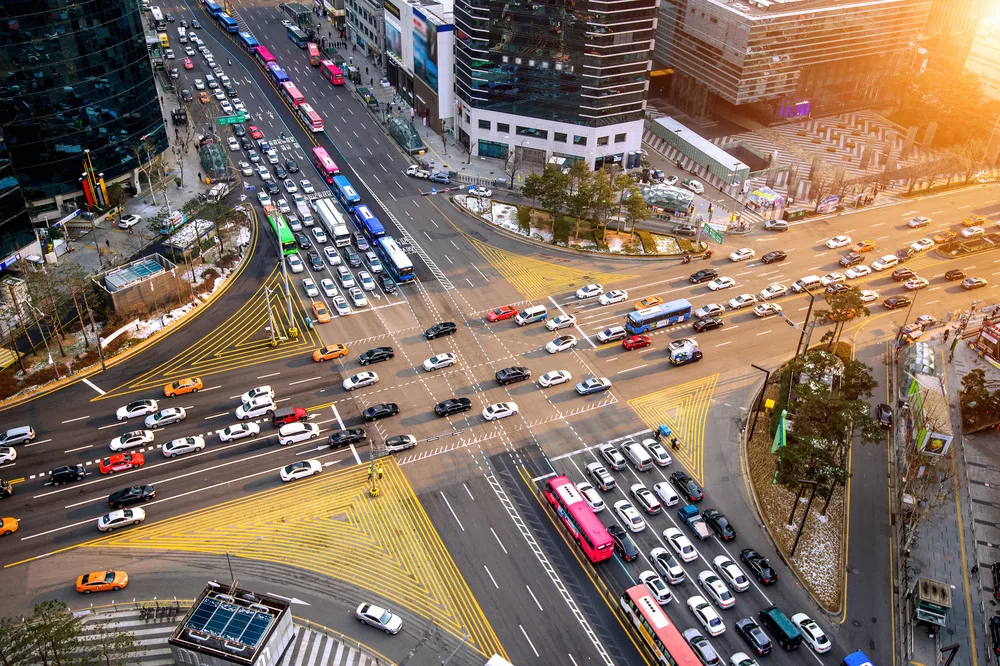
Remote sensing of motor vehicle emissions in Seoul
Region insights
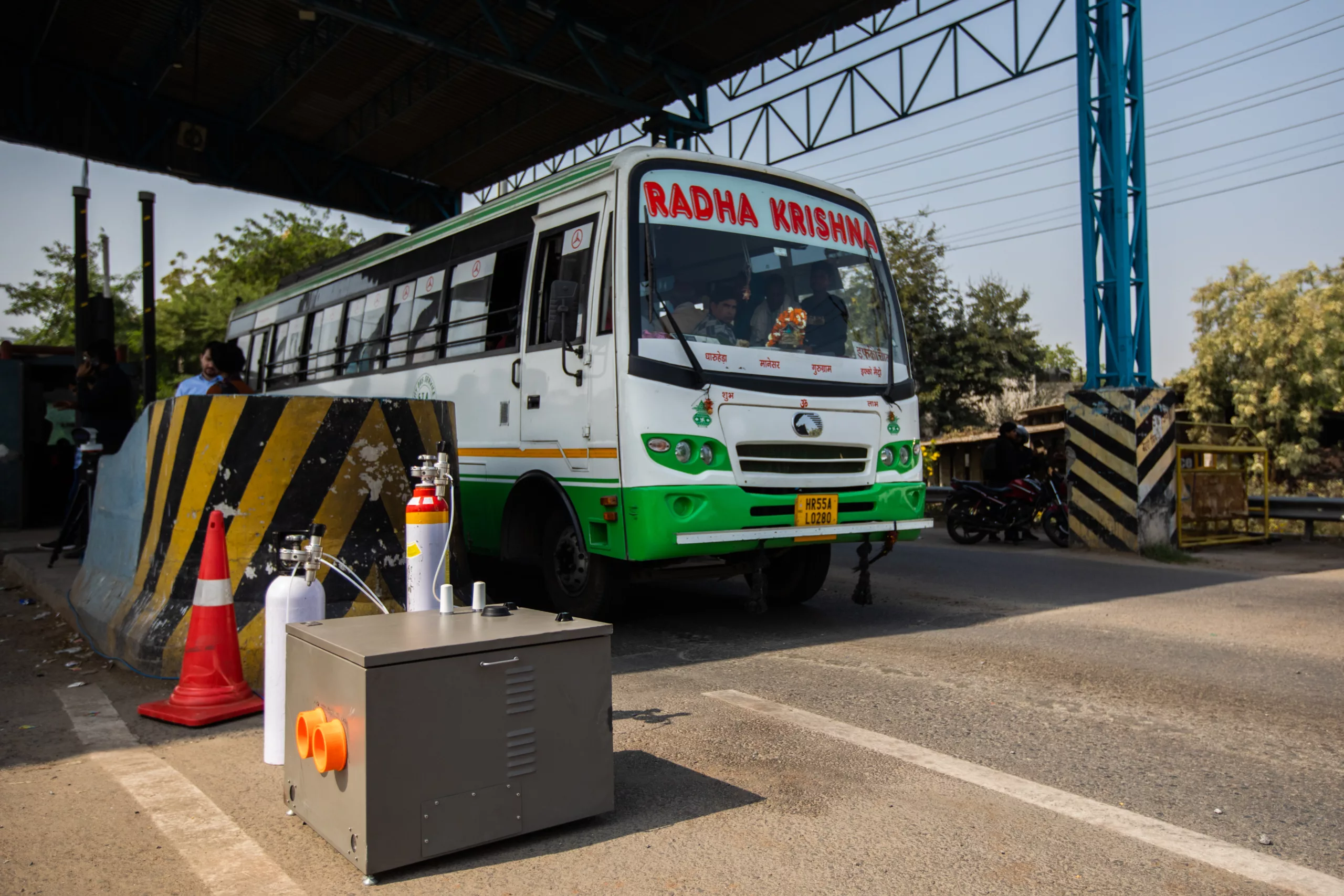
Study shows Delhi’s motor vehicles emit far more in real-world operations as compared to lab setting
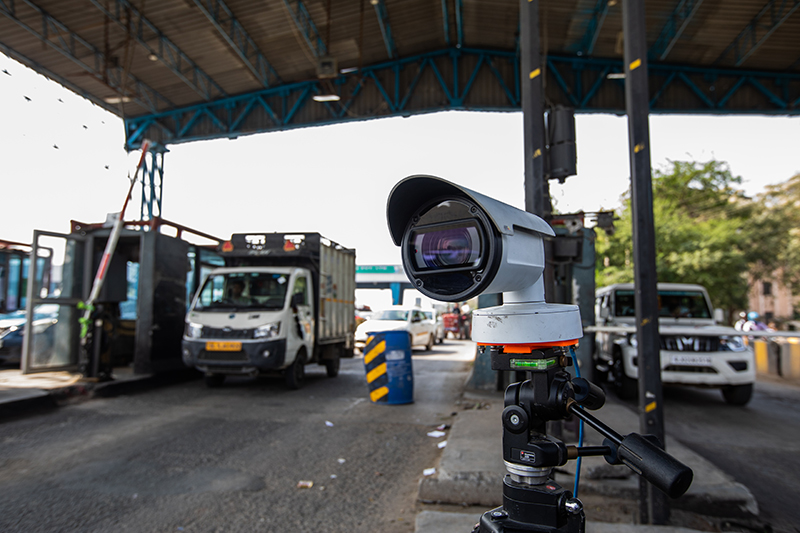
New TRUE report: Delhi commercial and compressed natural gas vehicles are high real-world emitters
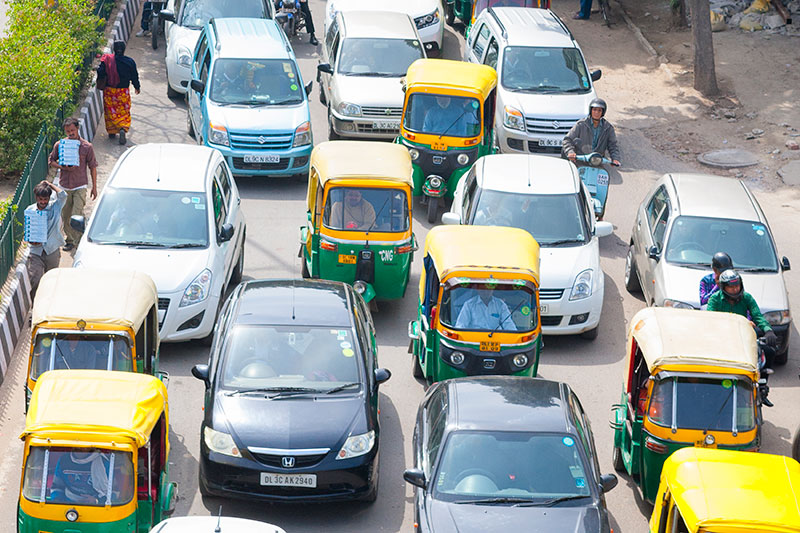
Decision-maker interest rises in TRUE Delhi real world emissions testing
Europe
Despite stringent emissions regulations, European cities continue to face challenges in meeting air quality targets. Notable discrepancies between laboratory and real-world vehicle emissions of legacy Dieselgate vehicles still on the road represent a significant contributor to transport pollution. The TRUE Initiative has conducted extensive remote sensing campaigns across Europe from Brussels to Warsaw, London to Paris, revealing the true levels of vehicular pollutants and providing evidence to support the development of more effective environmental policies and the promotion of cleaner transportation alternatives.
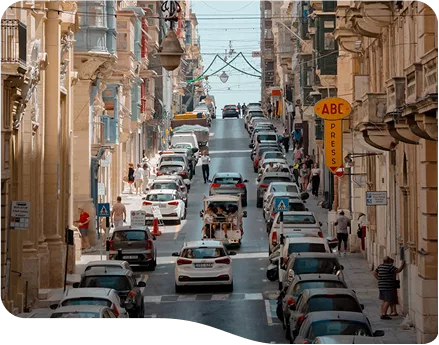
Recent research from Brussels
Motor vehicles contribute significantly to air pollution in the Brussels Capital Region and present significant health risks for residents. The TRUE Initiative built upon Brussels Environment’s continued work to understand the potential impacts and benefits of the city’s low-emission zone (LEZ) by assessing the life-cycle greenhouse gas emission reductions of on-road transport.
Policy Recommendations
- Avoid any further implementation delays for the Brussels LEZ, which as scheduled, nearly doubles annual life-cycle GHG reductions by 2030
- A more ambitious LEZ design could generate more immediate reductions in GHG emissions, particularly by targeting heavy-duty vehicles and buses
- Brussels could consider investing in a robust mobility framework to promote non car-based modes of transportation
Project details
Data Collection
February – April 2022
Fleet
21 total locations
45,000 measurements
How does your car rate in Europe?
In cities like London, Brussels, and Warsaw, real-world vehicle emissions are often much higher than regulatory standards. The TRUE Rating Tool allows you to explore how your vehicle measures up against European emission standards and offers a closer look at the full magnitude of emissions over its lifetime.
,
Explore regional projects
Explore regional projects
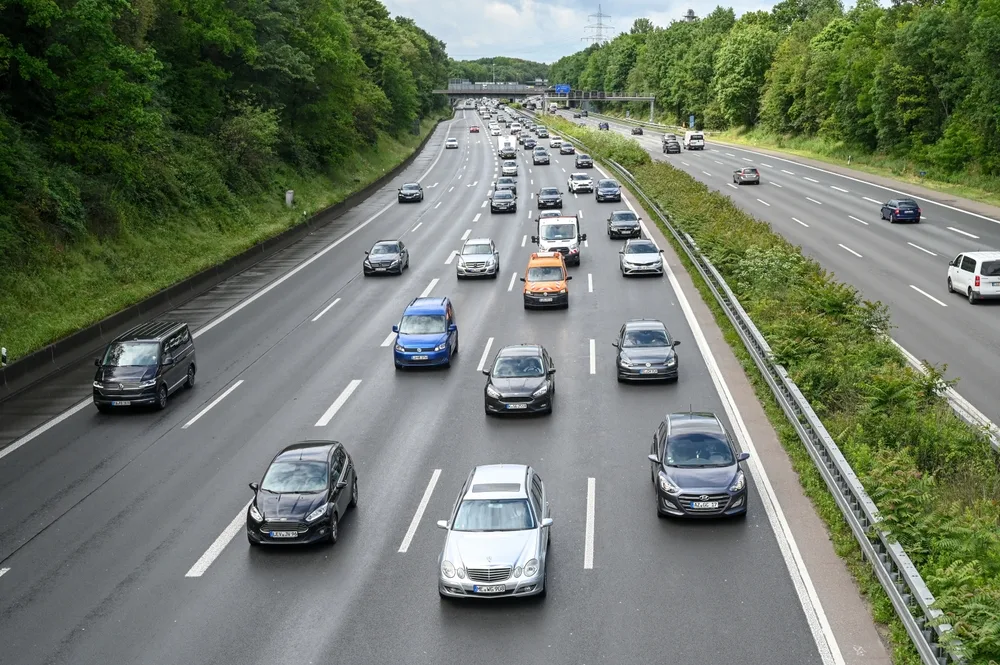
10 years after Dieselgate: Where are we now?
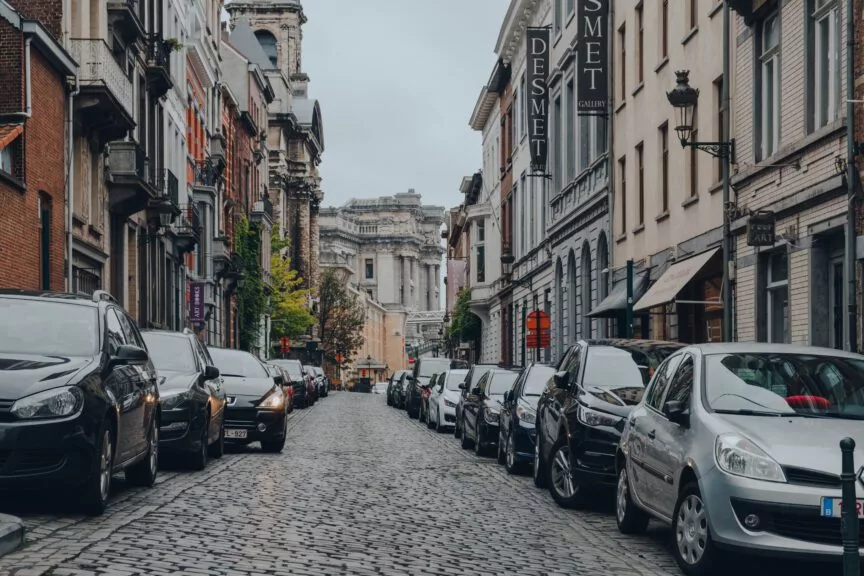
Life-cycle greenhouse gas impact of the low-emission zone in Brussels
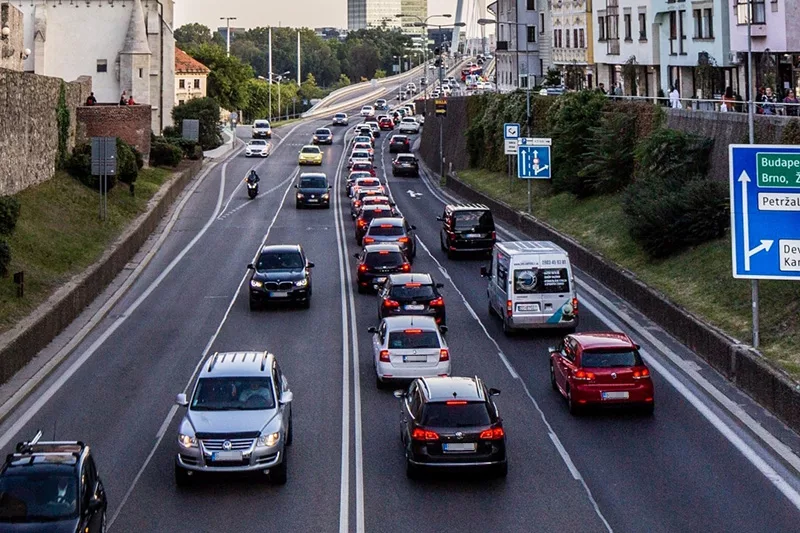
Emission measurements with ‘Plume chasing’ and subsequent inspection of heavy-duty vehicle (HDV) high emitters
Region insights

POLIS conference highlights role of real-world data in developing the Warsaw LEZ
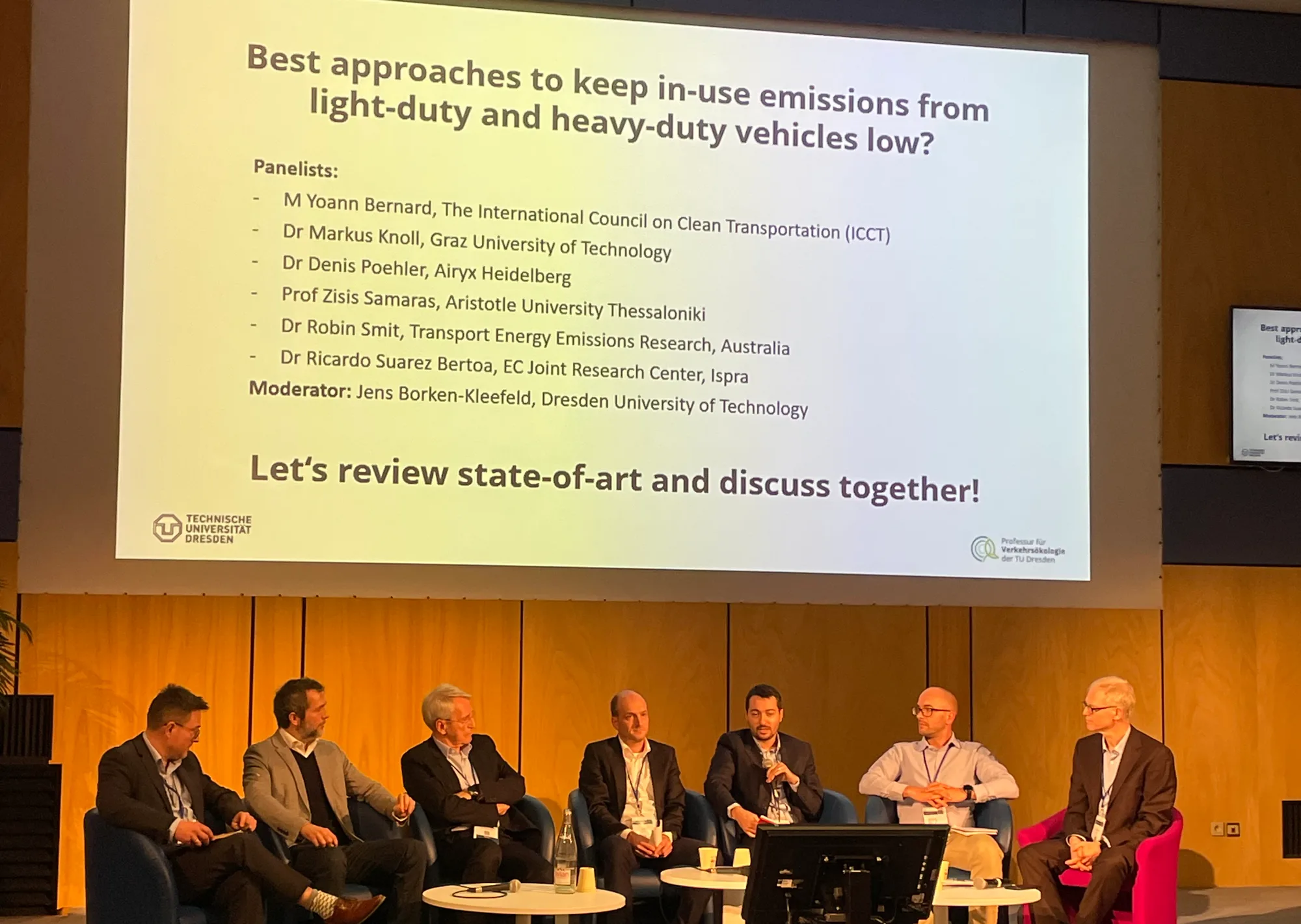
TRUE researchers highlight the importance of real-world vehicle emissions testing at European conference
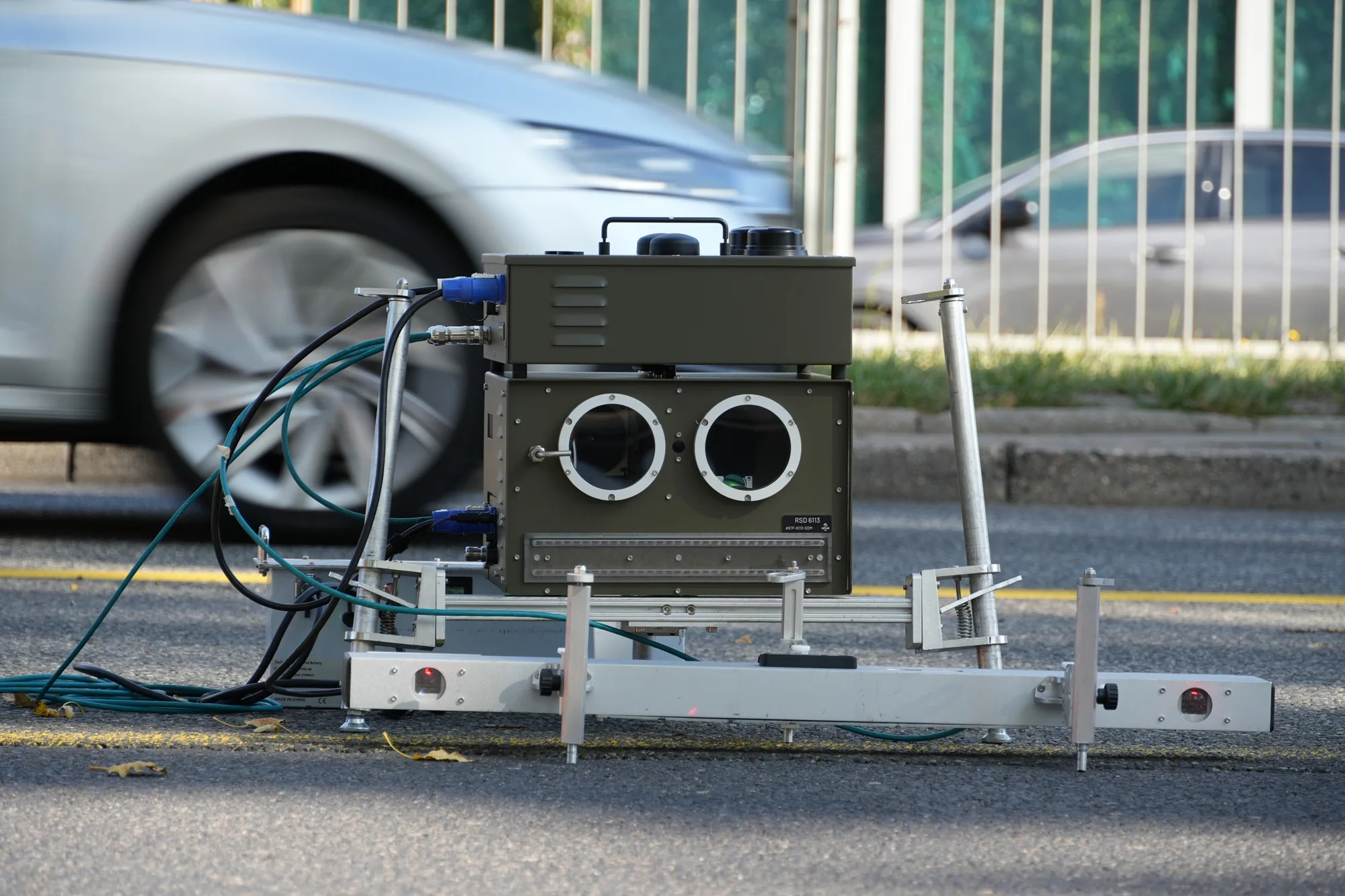
New TRUE emissions testing begins across the Warsaw LEZ
Middle East
The Middle East’s rapid economic growth and increasing vehicle ownership have raised concerns about air quality in urban areas. The TRUE Initiative has used remote sensing to measure real-world emissions in the region, uncovering significant levels of pollutant emissions from both light- and heavy-duty vehicles, and stressed the importance of moving to world-class emission standards. Such real-world evidence is vital for informing regulations aimed at reducing pollution and safeguarding public health.
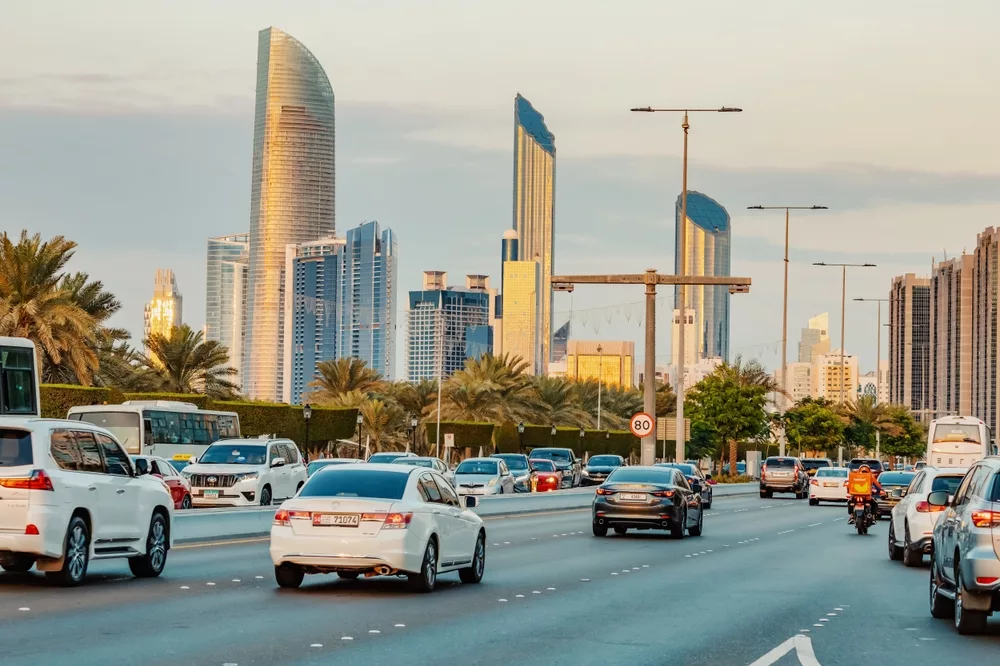
Recent research from Abu Dhabi
Recognizing the significant contribution of road transport to air pollution, the United Arab Emirates has introduced a range of federal policies to reduce emissions from the sector. The TRUE Initiative conducted on-road testing to assess the real-world NOX and particulate matter emissions from light-duty and heavy-duty vehicles, including taxis and city buses, operating in Abu Dhabi, and to offer policy recommendations to curb vehicle emissions in the emirate.
Policy Recommendations
- Adopting Euro 6 light-duty vehicle standards will further improve NOx and PM emission performance, particularly for diesel-powered vehicles
- The government should continue to acquire buses with minimum Euro VI standards
- A stricter application of the rules limiting derogations combined with stringent enforcement for taxis
Project details
Testing schedule
February – April 2022
Fleet Sample
45,000 measurements
PVs, taxis, light-duty trucks
Pollutants analyzed
CO / HC / NOx / UV smoke
Latin America
Latin American cities, characterized by extensive use of both personal and public transport vehicles, face unique air quality challenges due to varying geographies and growing urban centers. Regulatory policies, like fuel efficiency and greenhouse gas emissions standards, are often decades old. The TRUE Initiative’s assessments of real-world emissions have highlighted the need for updated emissions inventories, information crucial for designing policies that effectively address urban air pollution and its health implications.
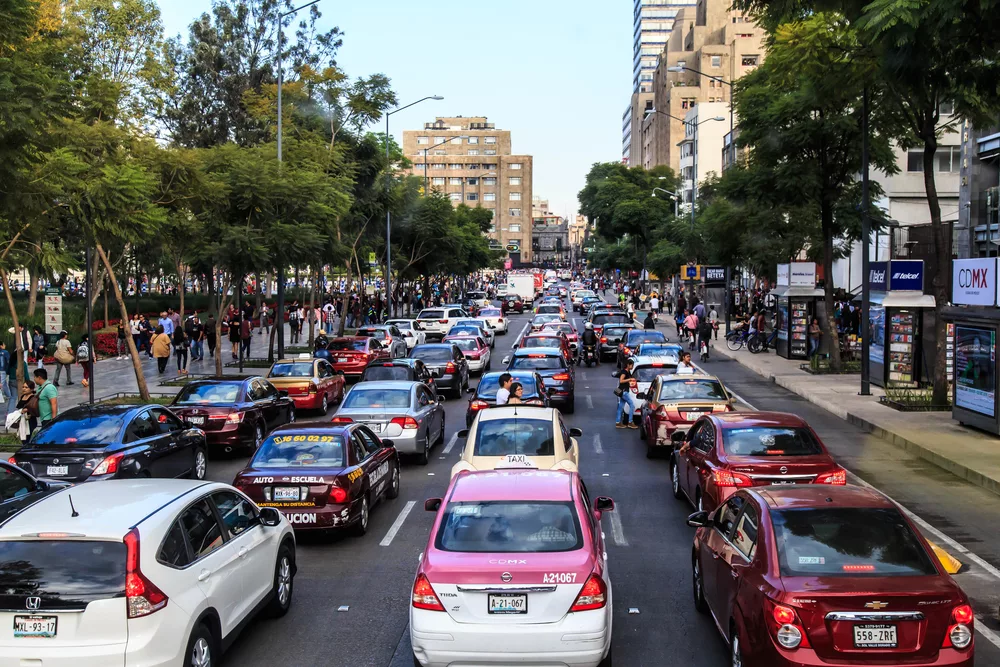
Recent research from São Paulo
To support regional officials in better understanding the overall emissions from light- and heavy-duty vehicles, the TRUE Initiative conducted a real-world testing campaign that aimed to provide this comprehensive picture across the São Paulo Metropolitan Area. These insights would inform the development of policy recommendations based on real-world data to address high-emitting vehicles and improve public health.
Policy Recommendations
- Phase out older vehicle groups (PROCONVE L3 and P3) to have an outsized effect on fleetwide emission reductions
- Update the PROCONVE program based on the real-world
emission performance of the in-use fleet - Electrification of taxis, ride-hailing vehicles, and urban cargo trucks
- Implement a routine inspection and maintenance program at the national or regional level
Project details
Testing schedule
May – July 2024
Sites
323,000 measurements
Pollutants analyzed
CO / HC / NH3 / NOx / UV smoke
Explore regional projects
Explore regional projects
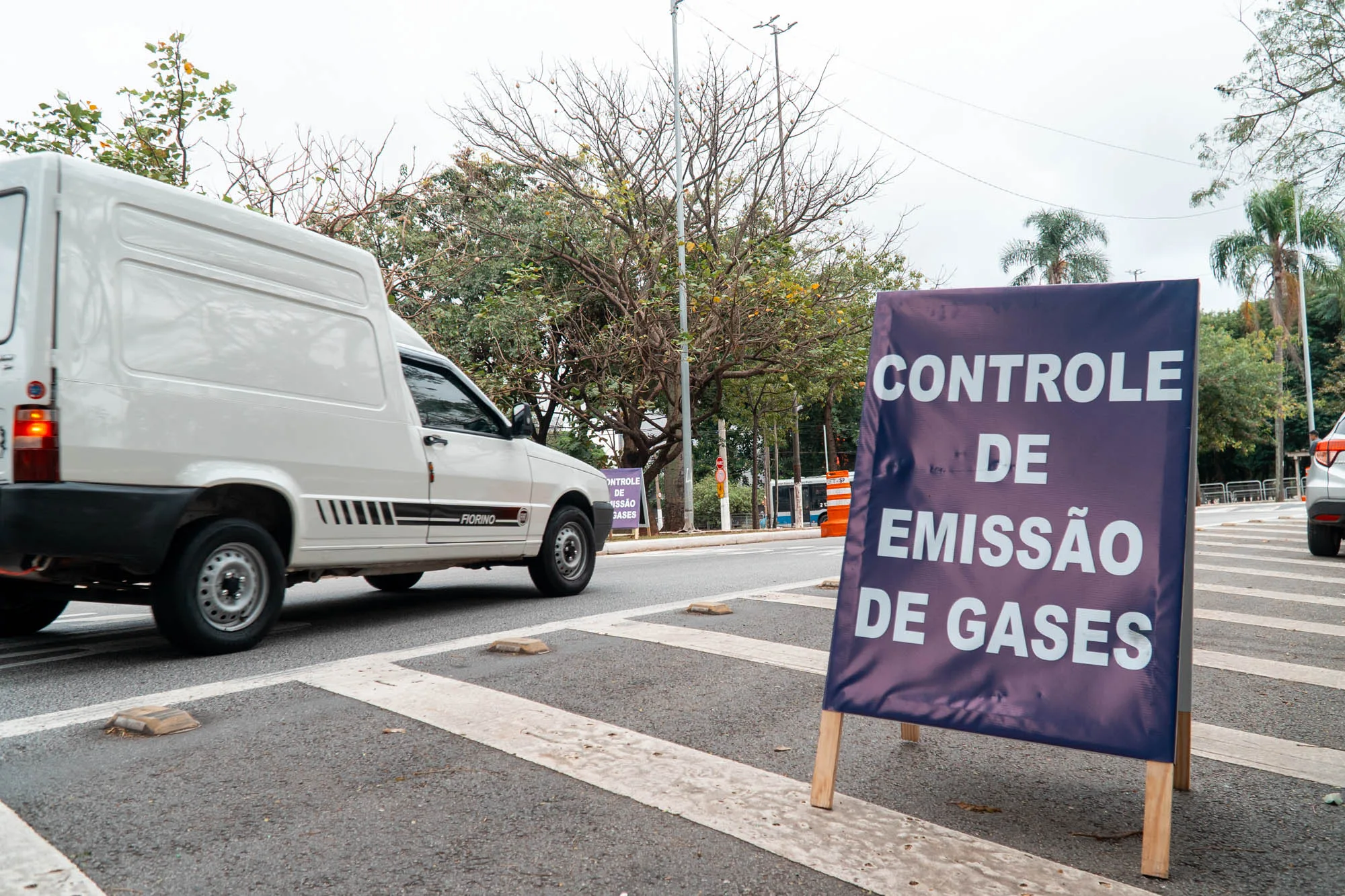
Assessment of real-world vehicle emissions in São Paulo
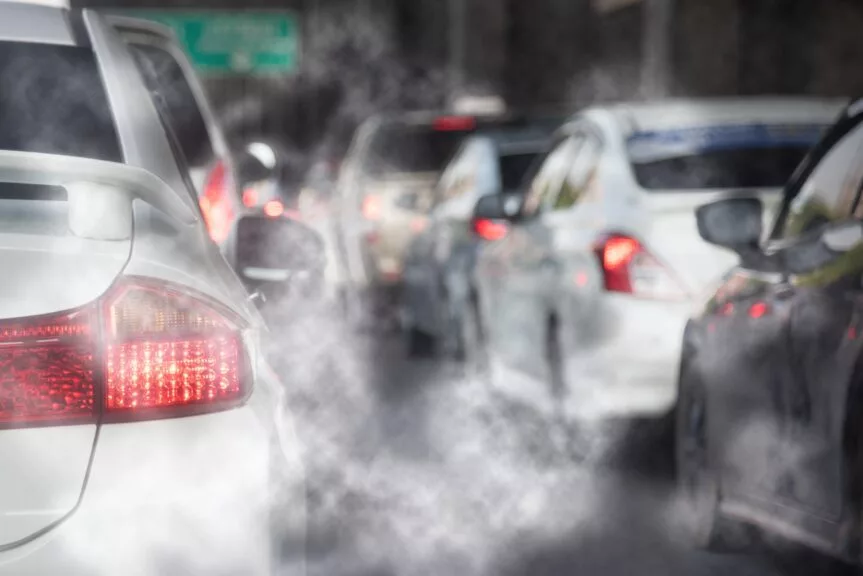
Pollutant emissions from light-duty vehicles across North America: A comparative analysis
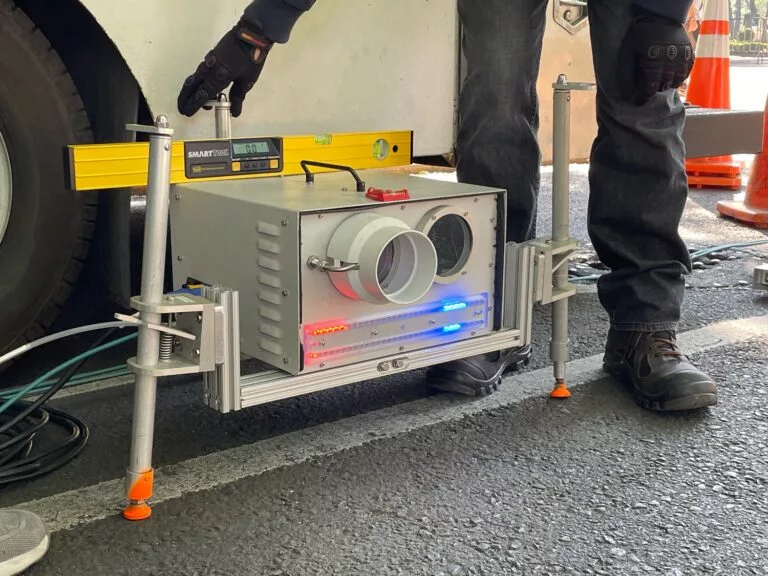
Assessment of real-world passenger vehicle and taxi emissions in Mexico City
Region insights
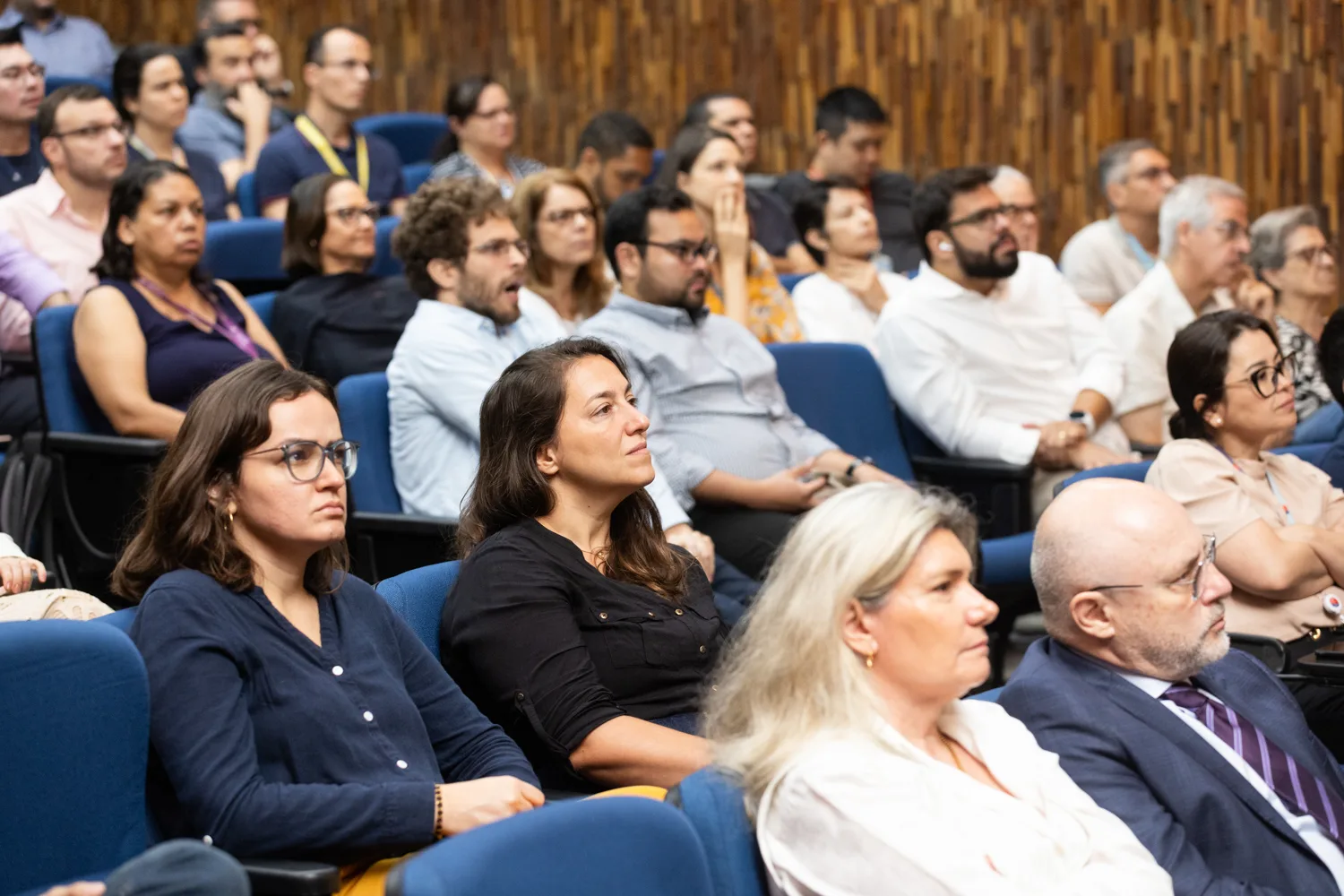
Symposium highlights fleetwide emissions data to policymakers in São Paulo
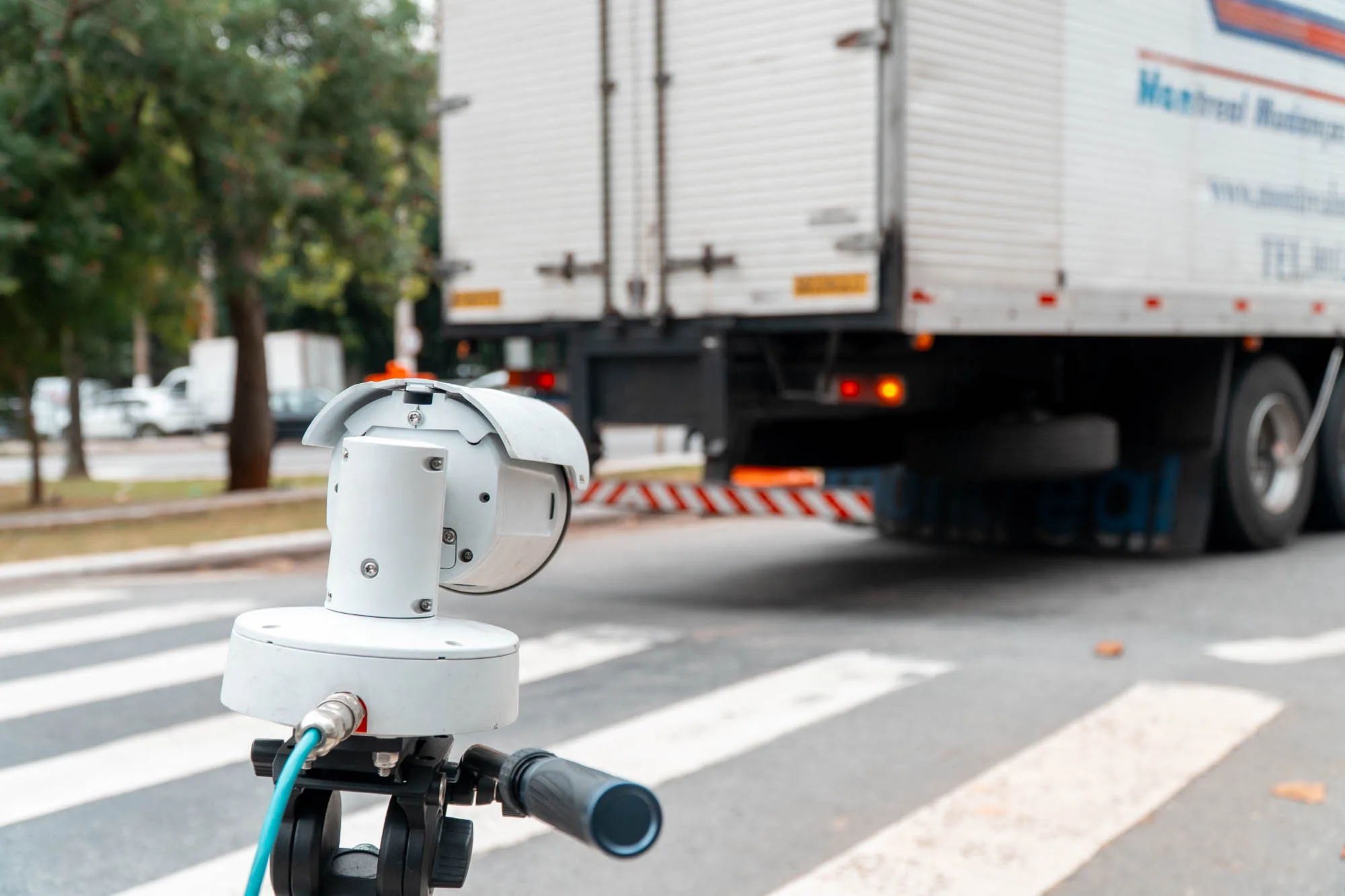
São Paulo real-world emissions study calls for national and city action to restrict dirty vehicles

TRUE analysis shows world-class emission standards could greatly improve air quality in Mexico City
United States & Canada
In two of the largest vehicle markets, advanced vehicle emissions regulations are intended to limit transport’s impact on air quality. Yet as the TRUE Initiative has revealed, real-world data reveals the ongoing challenges that still remain.
In both the US and Canada, the collection of real-world vehicle emissions data provides an empirical foundation for policies aimed at improving air quality and ensuring regulatory compliance.
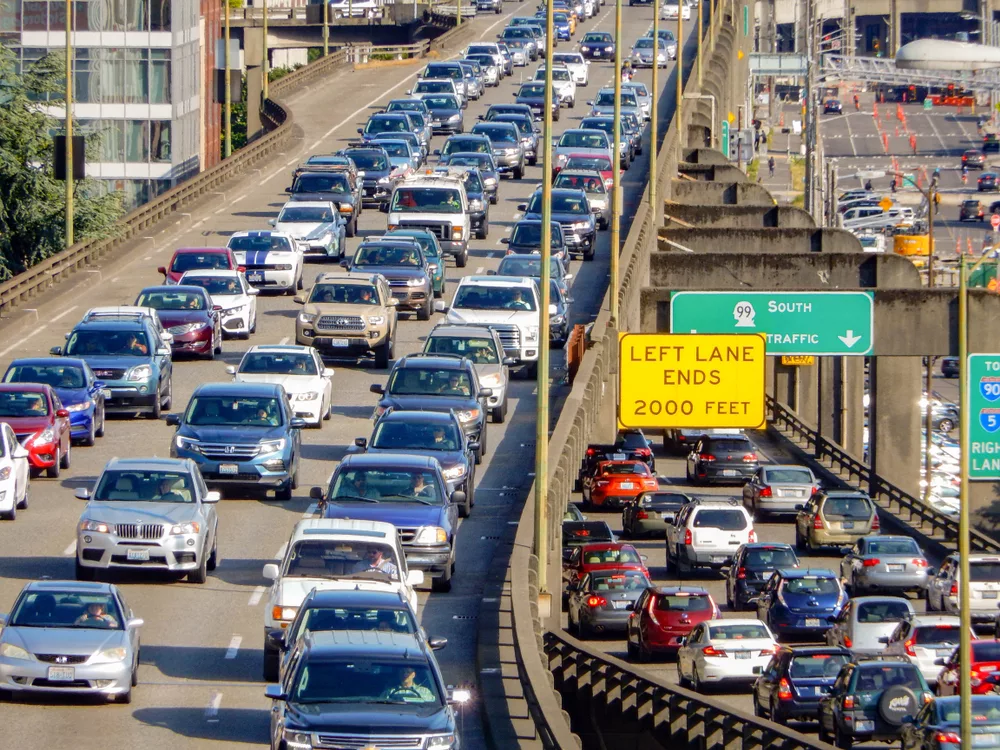
Recent research from Alberta
The latest analysis uses real-world data from a remote emissions sensing campaign conducted by the Clean Air Strategic Alliance to evaluate the effect of tampered or malfunctioning heavy-duty vehicles in Alberta, Canada. The TRUE Initiative estimates the prevalence of tampering or malfunctions, models HDV NOx emissions through 2035, and quantifies the health impacts of these emissions.
Policy Recommendations
- Establish an inspection and maintenance program to monitor vehicle emissions to identify and address tampered or malfunctioning vehicles
- Utilize remote sensing technology as an effective tool to identify high-emitting vehicles during on-road operation and flag for inspection
- Explicitly prohibiting tampering through legislation would allow authorities to take enforcement action against high-emitting vehicles.
Project details
Samples
2,300 measurements
Class 8 tractor trucks
Pollutants analyzed
NOx
Explore regional projects
Explore regional projects

Pollutant emissions from light-duty vehicles across North America: A comparative analysis
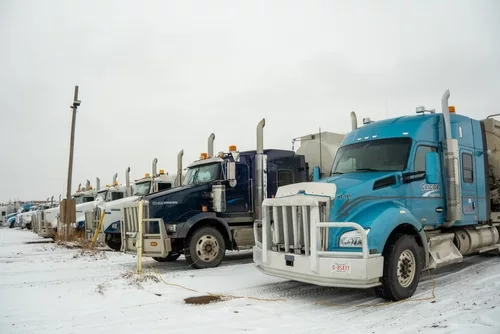
Real-world NOx emissions and health impacts from tampered and malfunctioning heavy-duty vehicles in Alberta, Canada
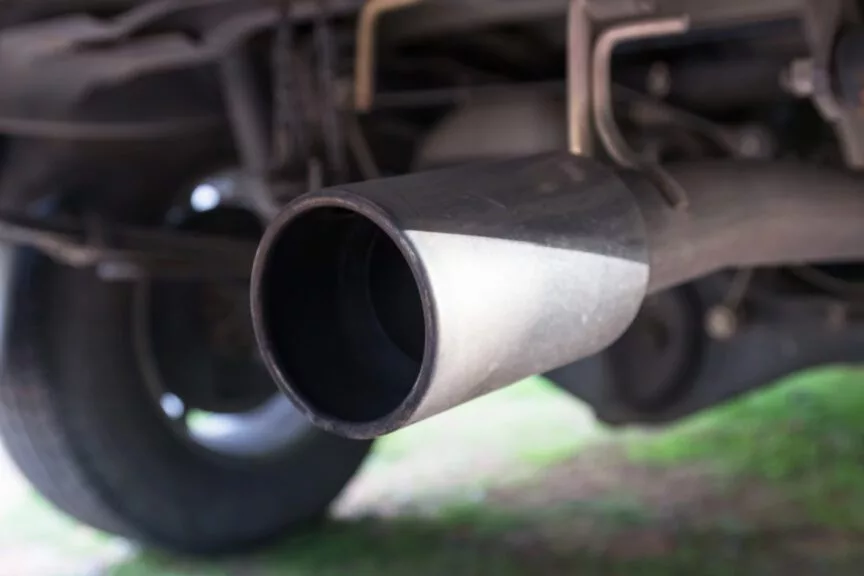
Real-world NOx emissions from diesel pickup trucks in the United States: A 2023 update
Region insights

TRUE analysis shows world-class emission standards could greatly improve air quality in Mexico City
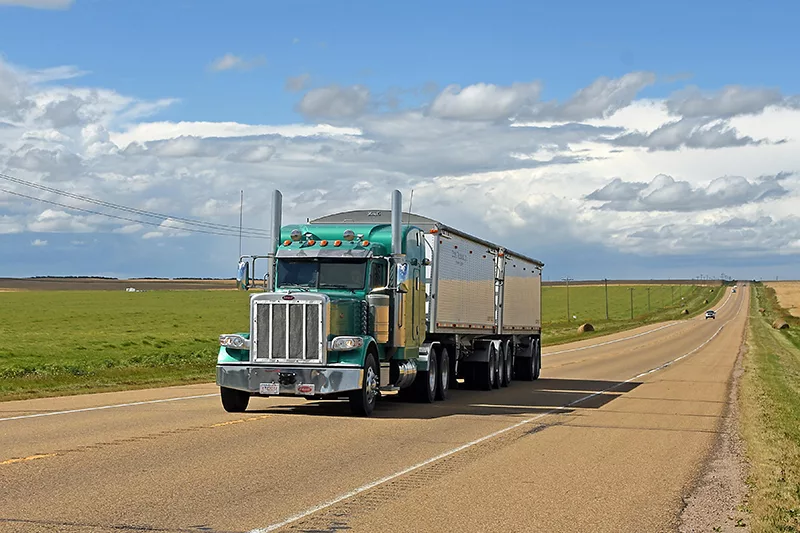
Rates of real-world tampered or malfunctioning tractor trucks in Alberta, Canada exceed predictions
